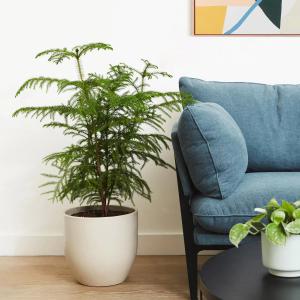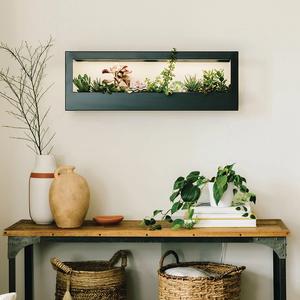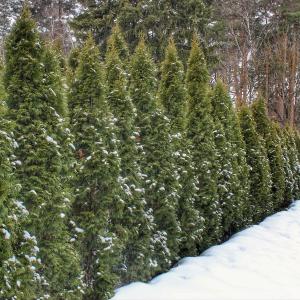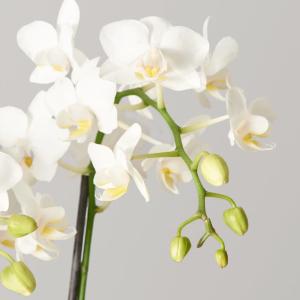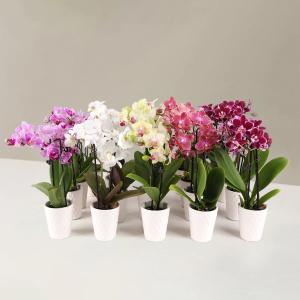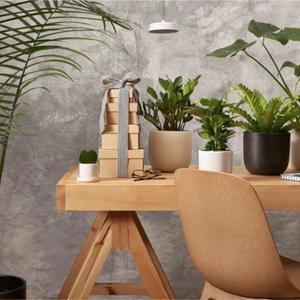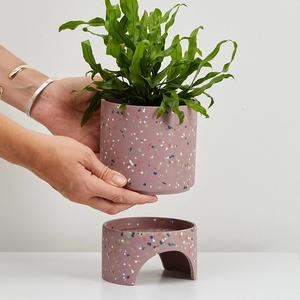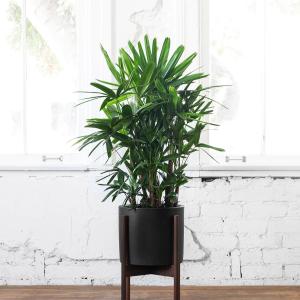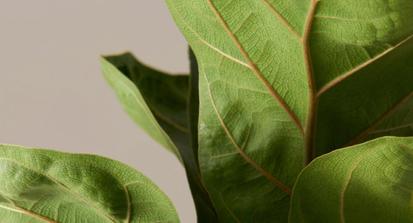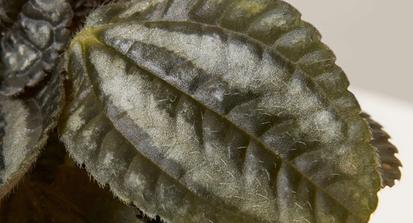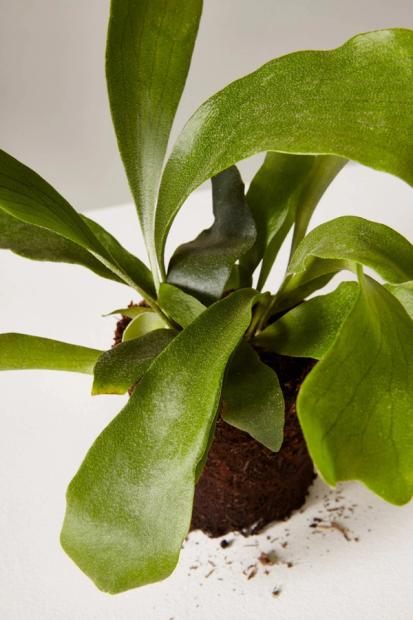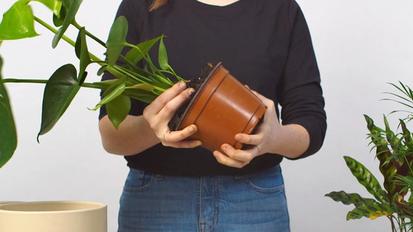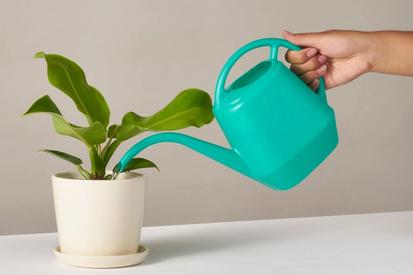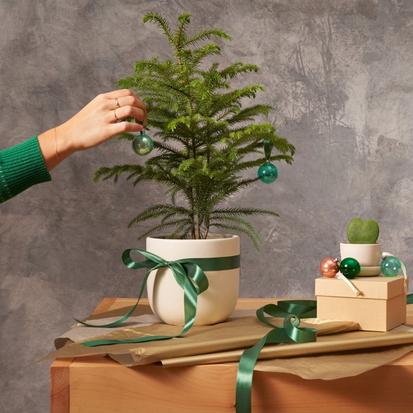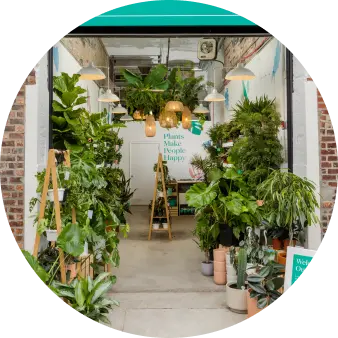Understanding Your Garden's Water Needs
Different plants have varying water requirements—native or drought-tolerant species need less water, while vegetables or annuals may need more frequent watering. Any newly planted plants need consistent, deep watering to help establish strong root systems. For the first few weeks, water them daily or every other day, ensuring the soil remains evenly moist but not waterlogged. After the initial establishment period, reduce watering to 1-2 times per week, depending on weather conditions and soil type.
Soil type also plays a key role on how often you may need to water your garden. Sandy soils drain quickly, requiring more water, while clay soils retain moisture and may need less frequent watering. Monitoring local weather and adjusting your watering schedule during hot, dry, or rainy periods is essential to avoid over- or under-watering.
Best Practices for Watering Your Garden
Water Early or Late
Watering in the early morning or late evening minimizes water loss due to evaporation and allows plants to absorb moisture before the heat of the day.
Water at the Base
Focus on watering at the base of plants rather than overhead. This reduces the risk of fungal diseases and ensures water penetrates deeply into the root zone.
Deep Watering
When watering, water deeply and infrequently to encourage deep root growth. Shallow watering can lead to weak roots and plants that are more susceptible to drought.
Mulching
Mulch helps retain soil moisture, suppress weeds, and regulate soil temperature. Apply a 2-3 inch layer of mulch around your plants, leaving a gap around the stems.
Checking Soil Moisture
Before watering, check the soil moisture by sticking your finger into the soil up to the first knuckle. If the soil feels dry at this depth, it's time to water.

Creating an Ongoing Watering Schedule
Assess Your Garden
Take note of the types of plants you have, their general watering needs, and the layout of your garden. Grouping plants together that have similar water requirements helps to ensure efficient water use and healthier plants. By placing drought-tolerant species together and moisture-loving plants in a separate area, you can water each zone according to its specific requirements without over- or under-watering. This strategy conserves water, simplifies garden maintenance, and supports plant health by providing the right amount of moisture for each group.
Monitor Mother Nature
Adjust your watering schedule based on weather patterns. During hot, dry periods, you may need to water more frequently. In cooler, wetter weather, you can reduce watering. Using a rain gauge helps you monitor how much water your plants are receiving from rainfall, giving a clear idea of whether additional watering is needed.
To use one, place the rain gauge in an open area away from trees or structures for an accurate reading. Check it regularly, especially after storms, and aim for about 1 inch of water per week for most gardens, adjusting based on your plants' needs.
Set a Weekly Schedule
Plan to water your garden 1-2 times per week, providing deep watering sessions rather than frequent, shallow watering. Adjust the frequency based on the needs of different plant groups.
Check and Adjust
Regularly check your plants and soil to ensure they are getting the right amount of water. Look for signs of overwatering (yellowing leaves, mold) or underwatering (wilting, dry soil). Adjust your schedule as needed.

Watering Methods
Hand Watering
Hand watering with a hose or watering can gives control over how much water each plant receives but can be time-consuming. To hand water your garden, start by using a hose with a spray nozzle or a watering can to target the base of each plant, ensuring the water reaches the roots. Water deeply and slowly, allowing the soil to absorb moisture without creating runoff.
Drip Irrigation
Drip irrigation delivers water slowly at the root zone, minimizing evaporation and ensuring deep watering, ideal for water conservation. Start by planning your layout and determining the placement of your plants to ensure efficient water delivery. Next, install a drip irrigation system, which typically includes a main hose, drip lines, and emitters that can be adjusted based on the water needs of different plants.
Once installed, connect the system to a water source and set a timer to automate watering, regularly checking the system for clogs or leaks, or to adjust the flow rates as needed.
Soaker Hoses
Soaker hoses provide a similar function, dispersing water directly into the soil along the length of the hose. First, lay the hoses out in the desired pattern, positioning them close to the base of plants to ensure water reaches the roots. Connect the soaker hose to a water source, and turn on the water to allow it to seep through the porous material of the hose, soaking the surrounding soil. It’s best to run the hoses for about 30 minutes to an hour, depending on the soil type and moisture needs of your plants.

Conclusion
Watering your garden effectively and maintaining an ongoing watering schedule are crucial for the health and productivity of your plants. By understanding your garden's water needs, using best practices for watering, and setting up a consistent schedule, you can ensure your garden thrives throughout the growing season.
Words By The Sill
Empowering all people to be plant people—a collection of articles from The Sill’s team of plant experts across a variety of plant care topics to inspire confidence in the next generation of plant parents. Welcome to Plant Parenthood™.
